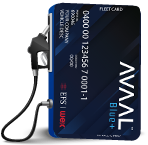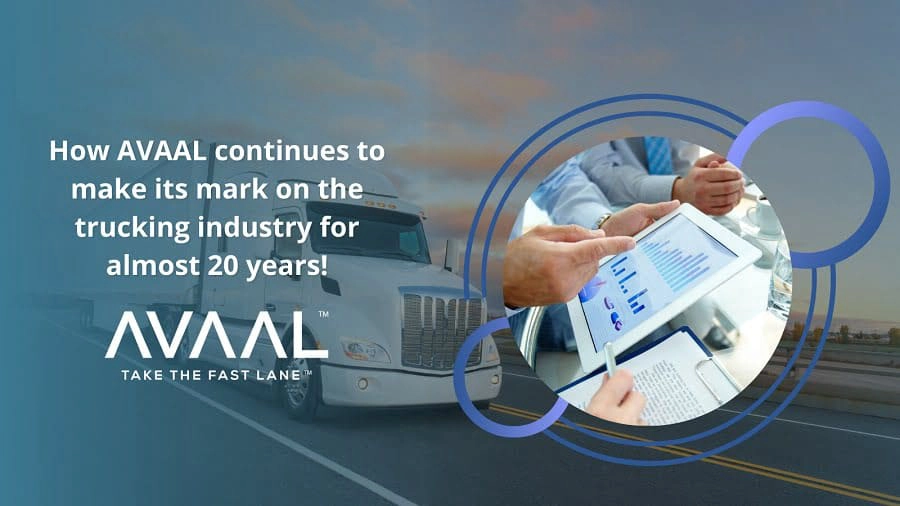- 30 Jan, 2024
Latest News:AVAAL Vehicle Tracking(AVT) launched. Read Now

Start Saving Todaywith Avaal Blue Fleet Card
Check NowThe Differences Between the U.S. & Canada’s ELD Mandates
- Dec 27, 2019
- Madeline S.
The trucking industry has been undergoing a technological redesign lately. One of the largest technological shifts has been the implementation of Electronic Logging Devices (ELDs). ELDs have been heavily discussed in the trucking industry for a few years, and that focus has only increased ever since Canada finally unveiled their ELD mandate this year. Cross-border fleets are expected to comply with both the U.S. and Canada’s ELD mandates, and while these regulations are similar there are a few key differences trucking companies should be aware of.
Third-Party Device Certification
One of the biggest differences between Canada’s and the U.S.’s ELD mandate has to do with third-party certification. In the U.S., all ELDs are self-certified. This means that there is a risk that devices can be modified or tampered with. That is why Canada added a third-party certification clause to its mandate. All Canadian carriers will have to get their devices certified by an approved third-party in order to be compliant.
Compliance Deadline
The road to ELD compliance in the U.S. has been a long one. Most trucks have had to be compliant since December 2017, but companies that were equipped with automatic onboard recording devices (AOBRDs) were grandfathered in. That deadline expired on December 16th, 2019 though, meaning that all fleets in the U.S. are now required to have ELDs.
Canada has opted for a faster track. While Canada initially proposed a four-year implementation period, it has now been shortened to two years. Canadian fleets will have until June 2021 to comply with the ELD mandate, and unlike the U.S. there will not be a grandfather clause for existing AOBRDs.
Personal Conveyance
Another big difference between the two countries' ELD regulations has to do with how they identify personal conveyance time. In the U.S., drivers are not limited in terms of using vehicles for personal conveyance. They can even use trucks for personal use when full or cargo.
Canada’s ELD mandate, however, does include a personal conveyance limit. In Canada, drivers will only be able to use commercial trucks for personal use for a maximum of 75 km, or 46.6 miles. This rule will apply to all truck drivers in Canada, even U.S. based ones will be required to comply.
Want to learn more about ELD's and their role in the trucking industry?
Sign up for one of our training courses today!







